Instruction
The Wedge Guy: Short game tempo
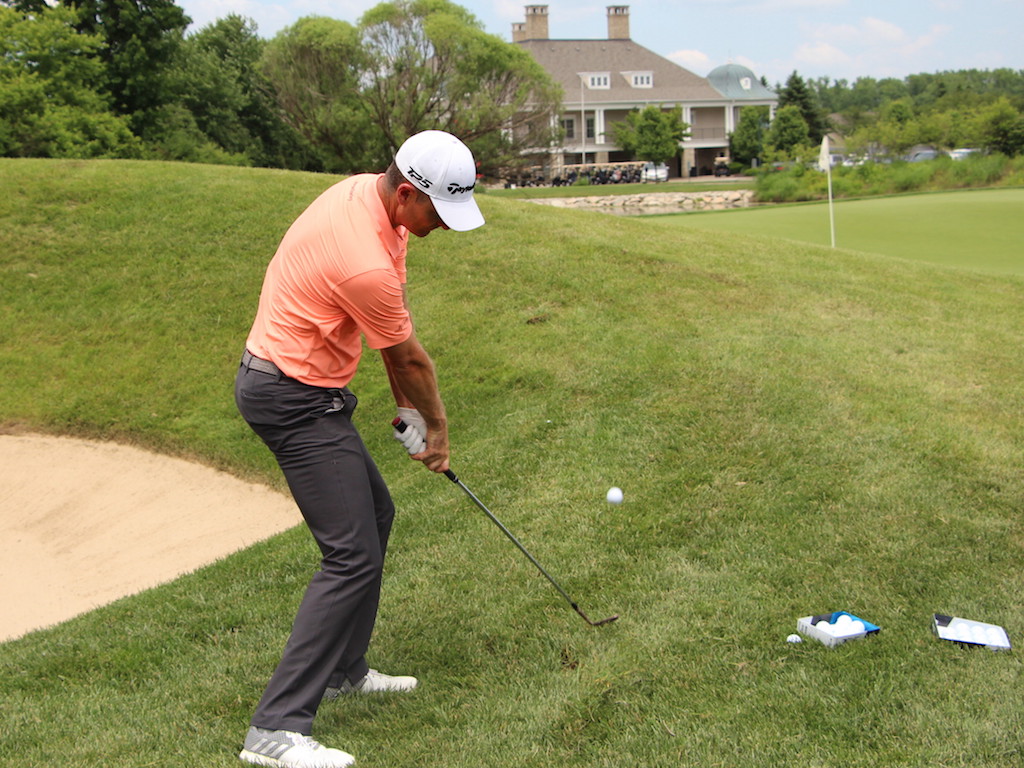
One of my favorite things to do is observe golfers closely, watching how they go about things from well before the shot to the execution of the swing or stroke. Guess the golf course has become kind of like going to the lab, in a way.
One thing I notice much too often is how “quick” most golfers are around the greens. It starts with grabbing a club or two from the cart and quickly getting to their ball. Then a few short jabs at a practice swing and usually a less-than-stellar result at a recovery.
Why?
If you are going to spend a morning or afternoon on the course, why hurry around the greens? I tend to be a fast player and despise five-hour rounds, but don’t fault anyone for taking a few seconds extra to get “right” with their recovery shot. You can still play “ready golf” and not short yourself in the close attention to execution. But let me get back to the specific topic.
Maybe it’s aggravated by this rush, but most golfers I observe have a short game tempo that is too quick. Chips, pitches and recoveries are precision swings at less than full power, so they require a tempo that is slower than you might think to accommodate that precision. They are outside the “norm” of a golf swing, so give yourself several practice swings to get a feel for the tempo and power that needs to be applied to the shot at hand.
I also think this quick tempo is a result of the old adage “accelerate through the ball.” We’ve all had that pounded into our brains since we started playing, but my contention is that it is darn hard not to accelerate . . . it’s a natural order of the swing. But to mentally focus on that idea tends to produce a short, choppy swing, with no rhythm or precision. So, here’s a practice drill for you.
- Go to your practice range, the local ball field, schoolyard or anywhere you can safely hit golf balls 20-30 yards or less.
- Pick a target only 30-50 feet away and hit your normal pitch, observing the trajectory.
- Then try to hit each successive ball no further, but using a longer, more flowing, fluid swing motion than the one before. That means you’ll make the downswing slower and slower each time, as you are moving the club further and further back each time.
My bet is that somewhere in there you will find a swing length and tempo where that short pitch shot becomes much easier to hit, with better loft and spin, than your normal method.
The key to this is to move the club with the back and through rotation of your body core, not just your arms and hands. This allows you to control tempo and applied power with the big muscles, for more consistency.
Try this and share with all of us if it doesn’t open your eyes to a different way of short game success.
- LIKE217
- LEGIT33
- WOW7
- LOL7
- IDHT4
- FLOP3
- OB1
- SHANK5
Instruction
Kelley: How the concept of a punching motion can change your golf swing
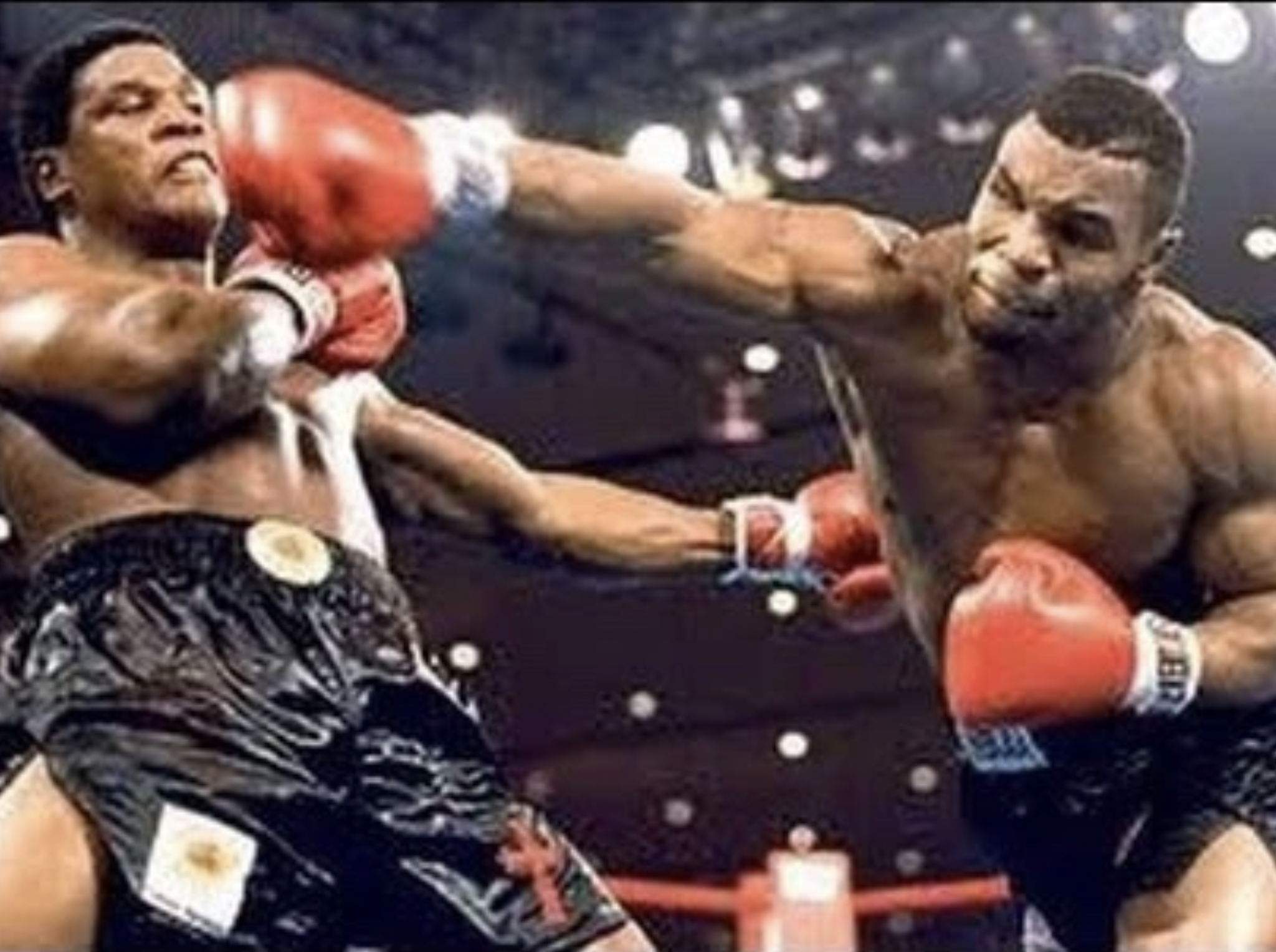
Ever wonder how a simple looking golf swing can produce so much speed and power? The answer may lie in the biomechanics of throwing a punch.
Below is an image of a boxer throwing a right handed hook. Note the direction the body moves to produce maximum force towards the target.

As the boxer pulls back his arm, there is not an excess wind-up or big turn to create power. His body is now geared to go forward and around into the opponent. His body would stay mostly level throughout the motion.
Now lets apply this simple concept to the golf swing. At address, the player would have his upper body and mass positioned behind the ball. In the picture below, note the green line indicting his mass back behind the blue baseline over the ball.
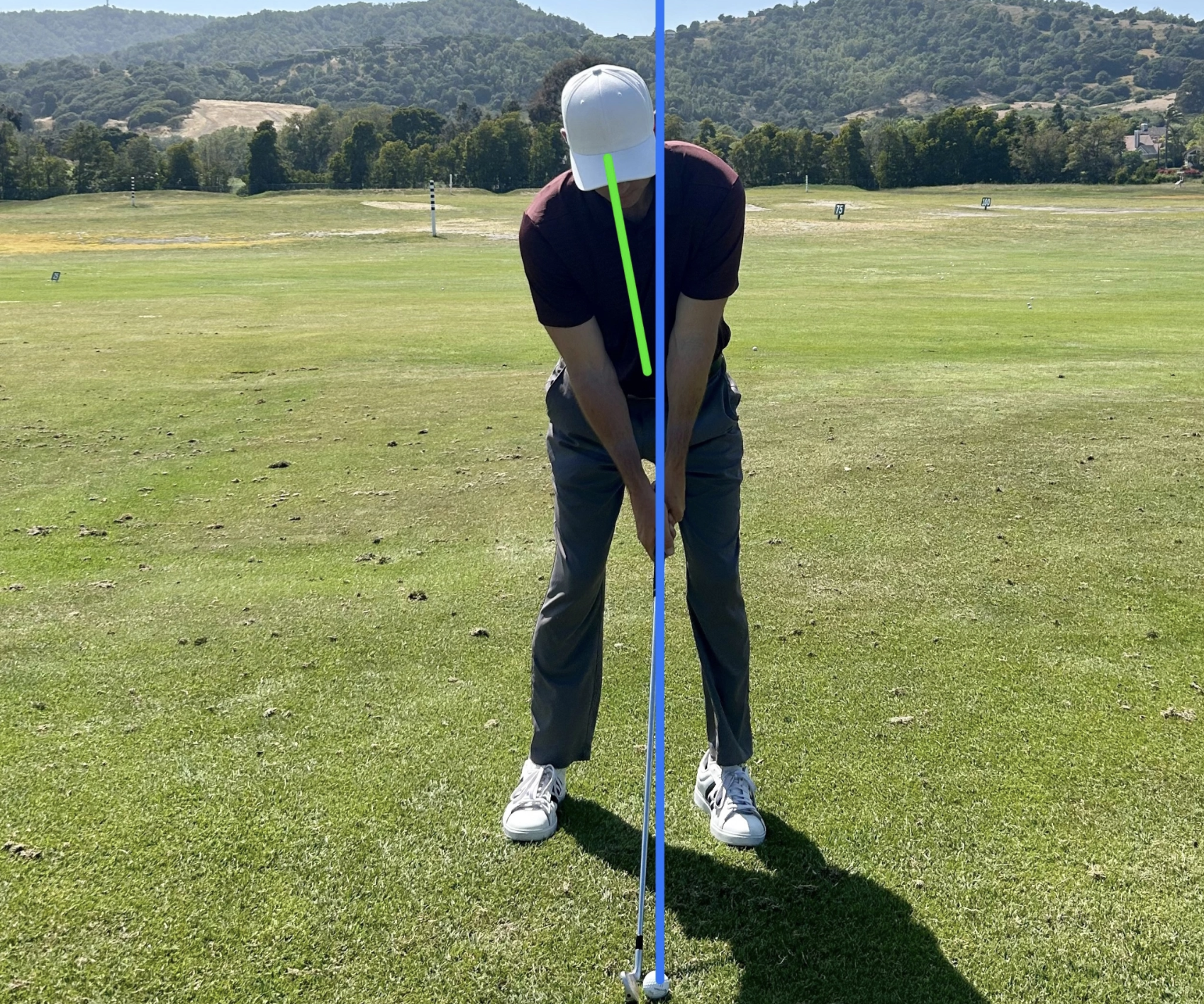
From here, the player can coil around his center, much like a boxer positioned ready to punch.

Now the body can go forward and around towards the target, pulled by the arms. Note the body finishing ahead of the blue baseline.

A body that has a lot of left side bend or “tilt” in the backswing, will naturally counterbalance in the downswing. This will often result with the upper body falling back in the downswing. (Pictured below)
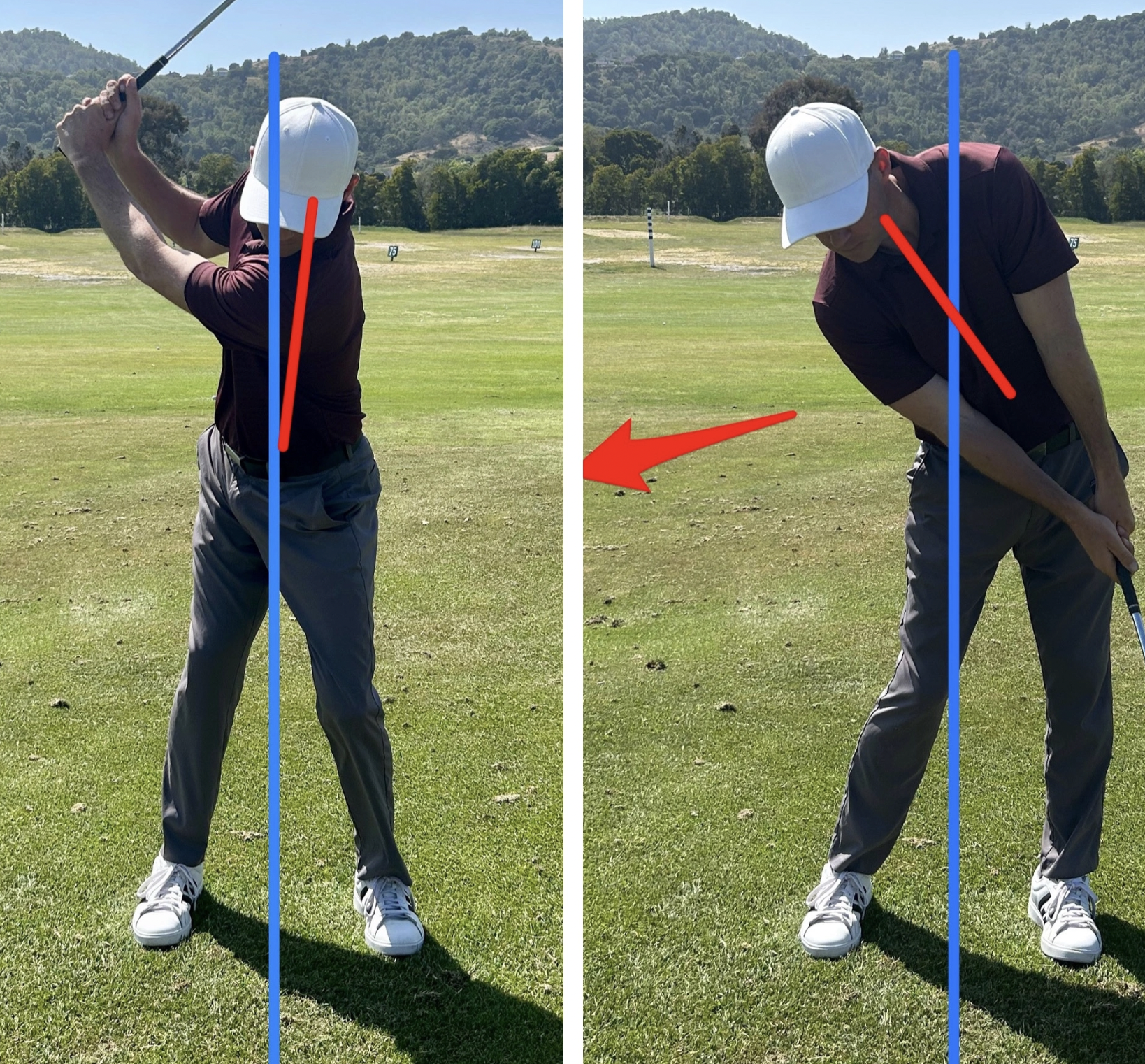
The pattern above would equivalent to attempting to punch forward with your arm while your body is moving backwards. Next time you are looking to make a swing change, first check the movement of your body, and see if it is as simple as boxer throwing a powerful punch.
Twitter: KKelley_golf
- LIKE23
- LEGIT7
- WOW0
- LOL0
- IDHT2
- FLOP0
- OB0
- SHANK7
Instruction
How to set up to the golf ball: Why grip, grip pressure, and posture are crucial
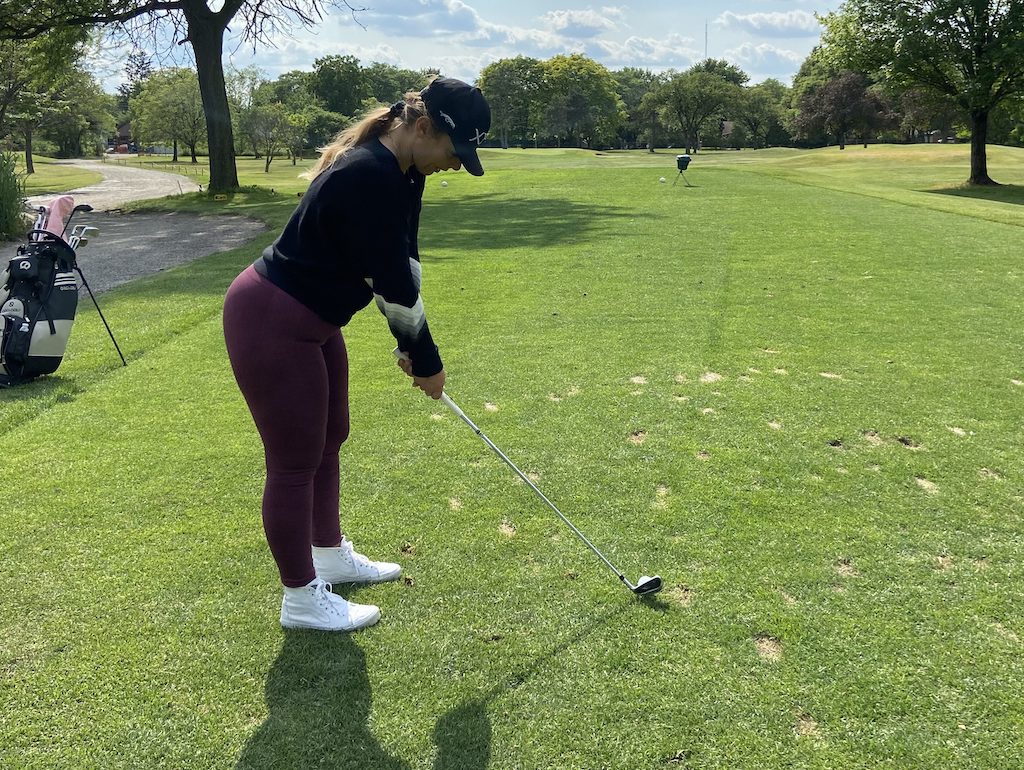
When we are playing a round or hitting balls on the range over a long period of time, we tend to grip the club tighter, stand up, and quickly lose the ability to maintain posture during the golf swing.
As players, with the spine angle out of posture, we overcompensate in many ways. The first thing that many players do poorly, as a result of poor posture, is grip tighter and stiffen the arms. These are the two biggest culprits that will inhibit consistency and any innate ability to set up well and brush the grass. Gripping tighter also leads to poor use of the body’s bigger muscles ie. the core. The spine angle in good posture will activate the core regions and enhance the body’s ability to coil, thus allowing the transfer of weight from the trail to the lead side.
In the quest to better ball striking, our first priority is understanding the importance of grip strength and grip pressure. Our second priority is posture and always initiating the proper spine angle by bowing forward from the hip (pelvic tilt) and letting the arms hang. After positioning the spine angle, check the body’s alignment )ie. shoulders, hips, knees, and feet) by positioning them parallel to the target line. This process composes the beloved and all-important set up.
How to set up to the golf ball: The basics
Our ability to set up and control grip pressure is the source of our ability to play well and consistently over time.


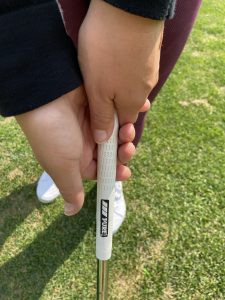
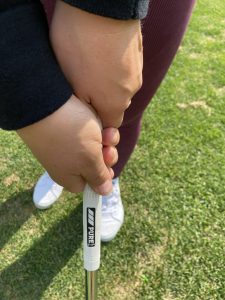
The first essential step is setting the grip in the lead hand
The main pressure points to focus on in gripping with the lead hand are, first and foremost, in the initial placement of the club’s grip in the fingers and allowing the top of the grip to rest on the palms pad. The first pressure point is in the lead pointer finger behind the shaft and the second pressure point is when we let the club rest on the palm’s pad. The lead thumb is the third pressure point. Proper grip strength is determined by trial and error swings.
As we grip the club in the trail hand, it is important to grip lightly and in the fingers with the right thumb pad placed on top the left side of the grip. For reference, there are markings on all golf gloves to help each player understand where their grip should be placed.
The essential second step is bowing from the hips to create the spine angle
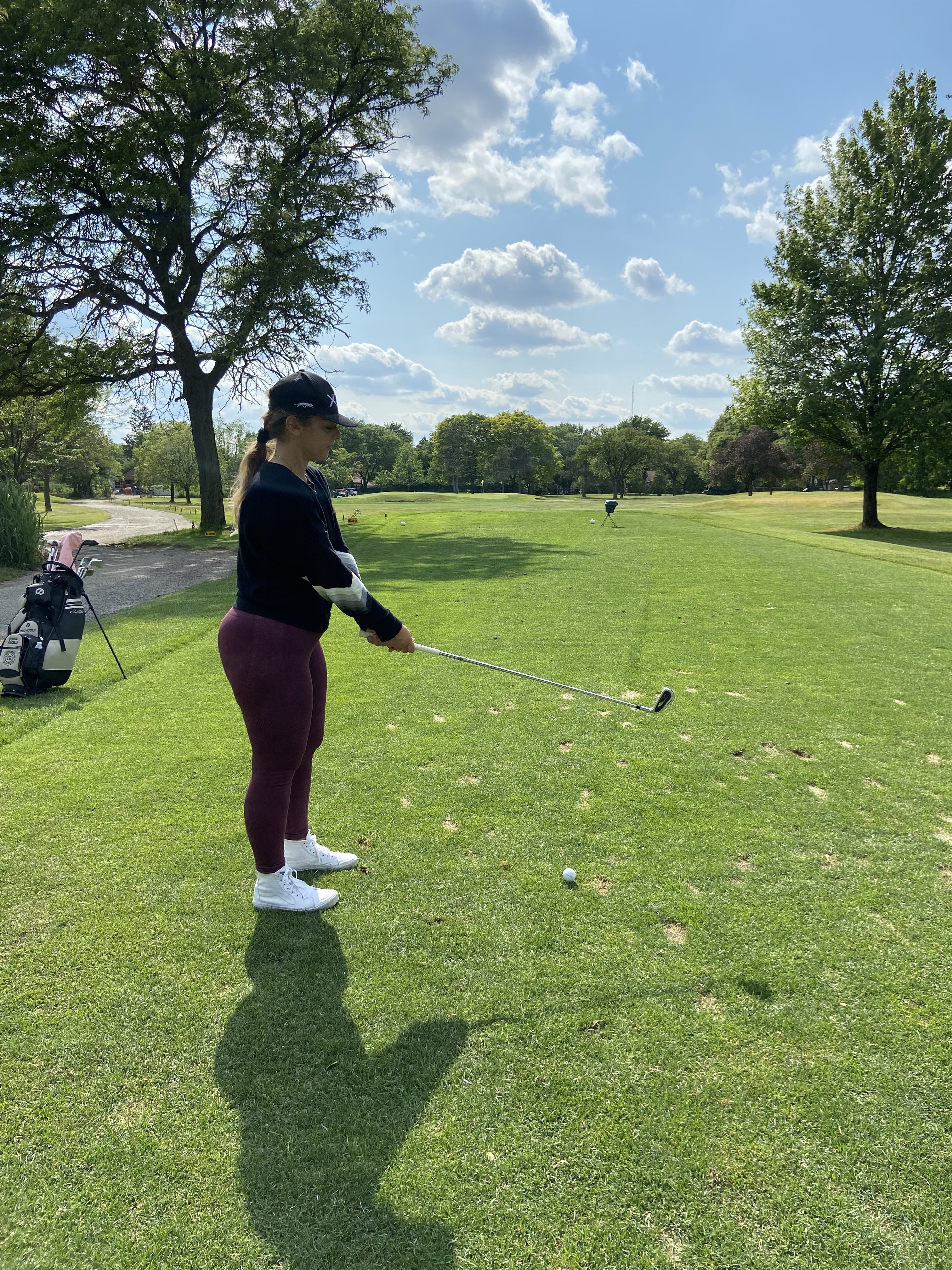

As we bow, the focus is to aim the leading edge perpendicular to the target line. Looking at the first groove of the club (if it is an iron) can help the eyes focus on this step. A lot of mistakes happen when our eyes start looking around while we do this instead of focusing on an intermediate target and using our eyes to line up the leading edge to that point. Being thoughtful in this process is key and just try to make sure the club isn’t wiggling around.
In the bow, with our shoulders just over the toes, we can see if the club is resting in good relationship to the body. Understanding the distance our body should be to the club is huge. This alone can make or break our ability to strike the ball well. Keeping one hand width from our body to the club is a general rule of thumb throughout the entire bag. The space in which we stand to the club shouldn’t change. What changes is the length of the club in our hands.
These components culminate the very first steps we take to hit a shot. This is the essence of set up, which generates our best chances to develop consistent shot patterns to the target. As a result of properly managing these components, we can begin to maintain accuracy and easily repeat our movement patterns to get the ball close to the target. We can also begin to self-correct our misses if we are accountable with these steps.
Foot width and ball position
Lastly, in the set up we step our feet to the ball’s position and generally maintain a stance that is approximately shoulder width. After gripping and bowing the next thing a player needs to do is step to the ball position. This will impact the club’s ability to generate loft, also depending on the chosen club. Generally, a driver ball position is forward in the stance. The mid-iron ball position is mid stance and most full-swing wedges are played just back of center with a more narrow stance. Taking the time to better understand the components of set up and ball position will generate 100 percent of our success to better ball striking.
A final word
Take some videos of yourself and look at the body from head to toe. Is your setup in a ‘Z’ or ‘S’ formation? Where is your weight in your shoes? Heels, mid-shoe, or toes? Does your setup look like an ‘H’or ‘C’? Is your weight too far in the heels or toes? In my experience, it is easier to maintain posture in the golf swing and overall athleticism by keeping the stance’s pressure points more forward in the mid-shoe to the toes. This enhances the pelvic tilt and the arms’ ability to hang. Therefore, posture throughout the swing improves and we are less likely to grip so tight.
Any questions? Book a lesson with LPGA instructor Donna Fiscelli through her booking site.
- LIKE37
- LEGIT8
- WOW2
- LOL1
- IDHT0
- FLOP0
- OB0
- SHANK8
Instruction
Clement: Snap that driver for 300-yard drives!

PGA Tour Coach and Golf Channel Academy instructor, Shawn Clement, shows you how insanely adapt your arm anatomy is to get consistent releases when you allow it to happen in the direction you want the ball to start!
- LIKE4
- LEGIT1
- WOW0
- LOL1
- IDHT0
- FLOP1
- OB1
- SHANK7
-

 19th Hole2 weeks ago
19th Hole2 weeks agoTiger Woods delivered stinging message to major winner after denying him lift on private jet
-

 Whats in the Bag2 weeks ago
Whats in the Bag2 weeks agoSeamus Power WITB 2023 (June)
-

 Whats in the Bag3 weeks ago
Whats in the Bag3 weeks agoOmar Morales WITB 2023 (June)
-

 Whats in the Bag3 weeks ago
Whats in the Bag3 weeks agoBlayne Barber WITB 2023 (June)
-

 Whats in the Bag3 weeks ago
Whats in the Bag3 weeks agoBen Carr WITB 2023 (June)
-

 Whats in the Bag2 weeks ago
Whats in the Bag2 weeks agoTom Hoge WITB 2023 (June)
-

 19th Hole3 weeks ago
19th Hole3 weeks agoJournalist alleges this is the ‘unforgivable’ act Phil Mickelson committed against Pat Perez and his wife
-
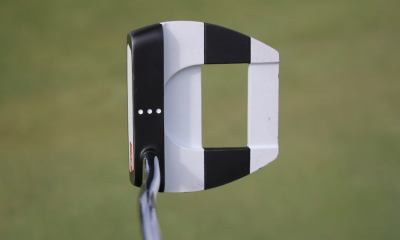
 News2 weeks ago
News2 weeks agoKeegan Bradley’s winning WITB: 2023 Travelers Championship







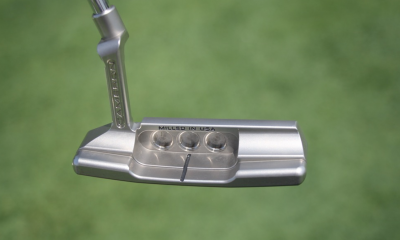

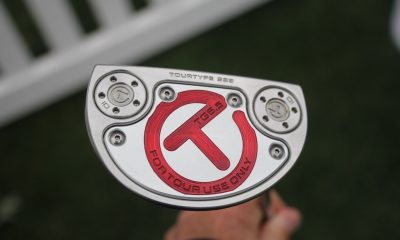

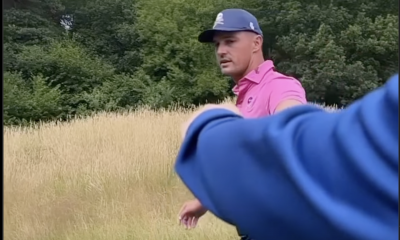















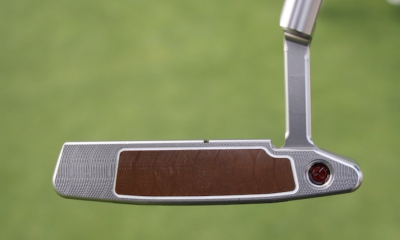

Pingback: Short game tempo drill - SOCAL Golfer
Olle Eriksson
Jul 23, 2022 at 6:15 pm
My guess is that the quick tempo comes from the full swing where things are more forceful. So when you’re suddenly facing a chip shot or a pitch shot it’s hard to slow down just let gravity do the work.
DKey
Jun 3, 2022 at 10:08 am
Agree completely. This is what Lee Trevino preaches. And this is why – when Tiger, Charlie and Lee were together on the practice range at the PNC – Tiger told Charlie that Lee Trevino is ‘…why you draw your wedges…” great insight, thank you The Wedge Guy
ChipNRun
May 15, 2022 at 1:43 pm
Terry said:
“Then try to hit each successive ball no further, but using
a longer, more flowing, fluid swing motion than the one
before. That means you’ll make the downswing slower and
slower each time, as you are moving the club further and
further back each time.”
This may work for feelers, but for mechanics who use the Pelz clockface method this is a no-go. Us wedge matrix golfers vary the length of backswing + selected club, to walk the wedge shots forward and back inside 100 yards.
The fluid swing motion is a great way to decelerate your swing and leave the ball 30 feet short of the pin. You worry about over acceleration, but forget the dangers of deceleration.
Plus, if depends on where one plays. If the course just fertilizes fairways and greens, this may work. But, if you play a course that fertilizes the turf wall-to-wall, the off-green grass can be pretty dense.
Spindly rough a la British links may allow a “gravity drop” short game. But well nourished zoysia or bent will grab the wedge like a wet blanket. Again, the ball will end up 30 feet short of the pin.
Jim Champley
May 13, 2022 at 5:52 pm
It’s “farther,” not “further !”
Bob Jones
May 13, 2022 at 10:45 am
Amen. These are finesse shots. These are delicate shots. Light grip pressure and a respectful tempo work wonders.
Rainshadow
May 11, 2022 at 11:09 am
In the “rush” to combat slow play, I think people get it backwards.
Be ready to hit full shots when it’s your turn. Take your time around and on the greens.
I see too many people not ready to play on the tee or from the fairway, then feel pressured to play quickly at the green.